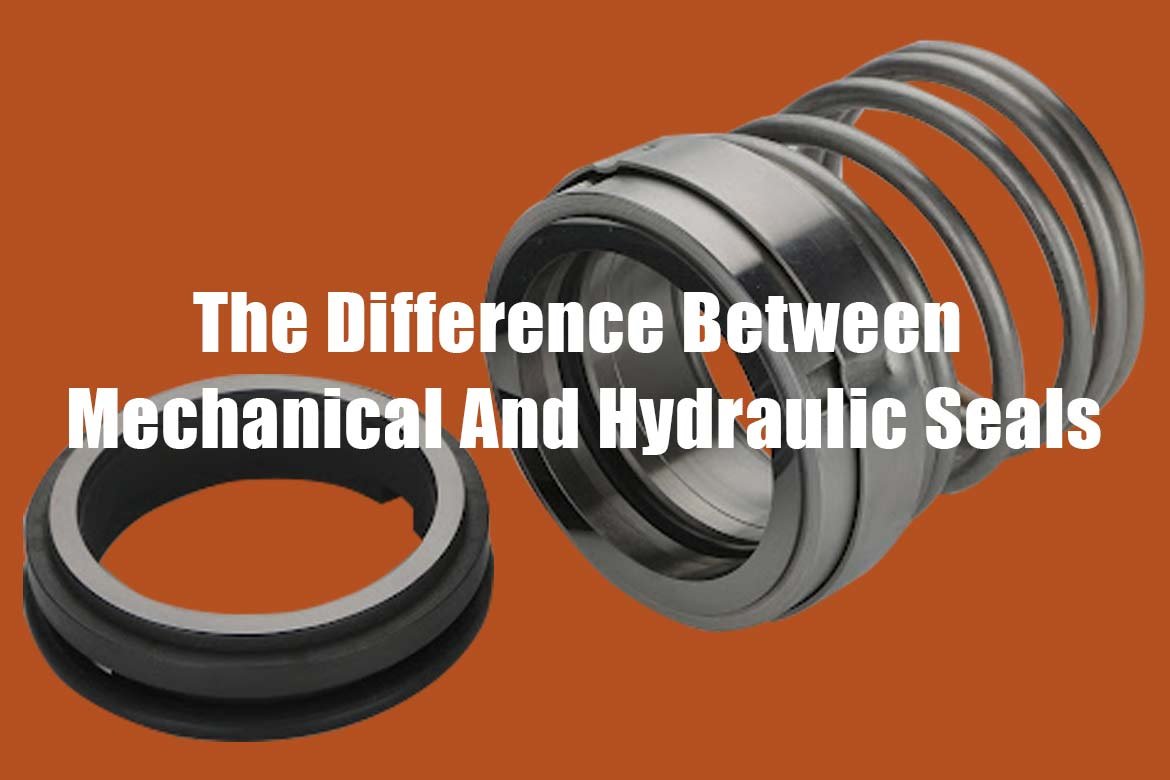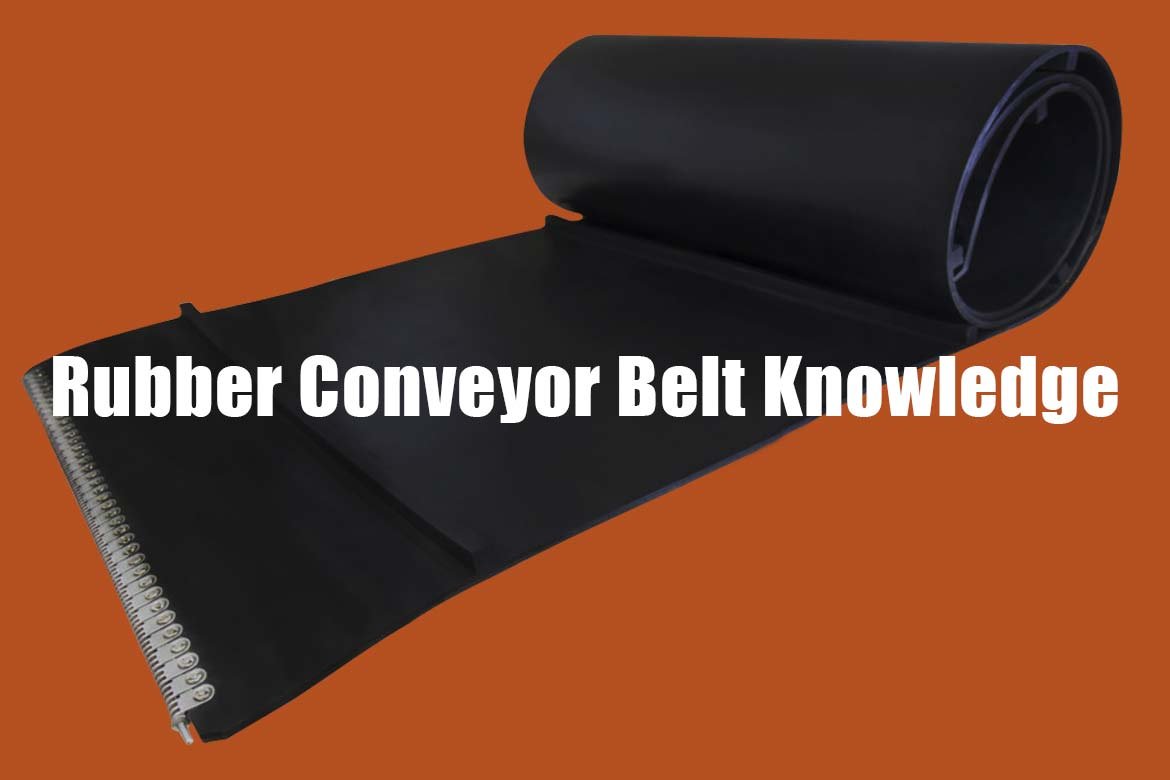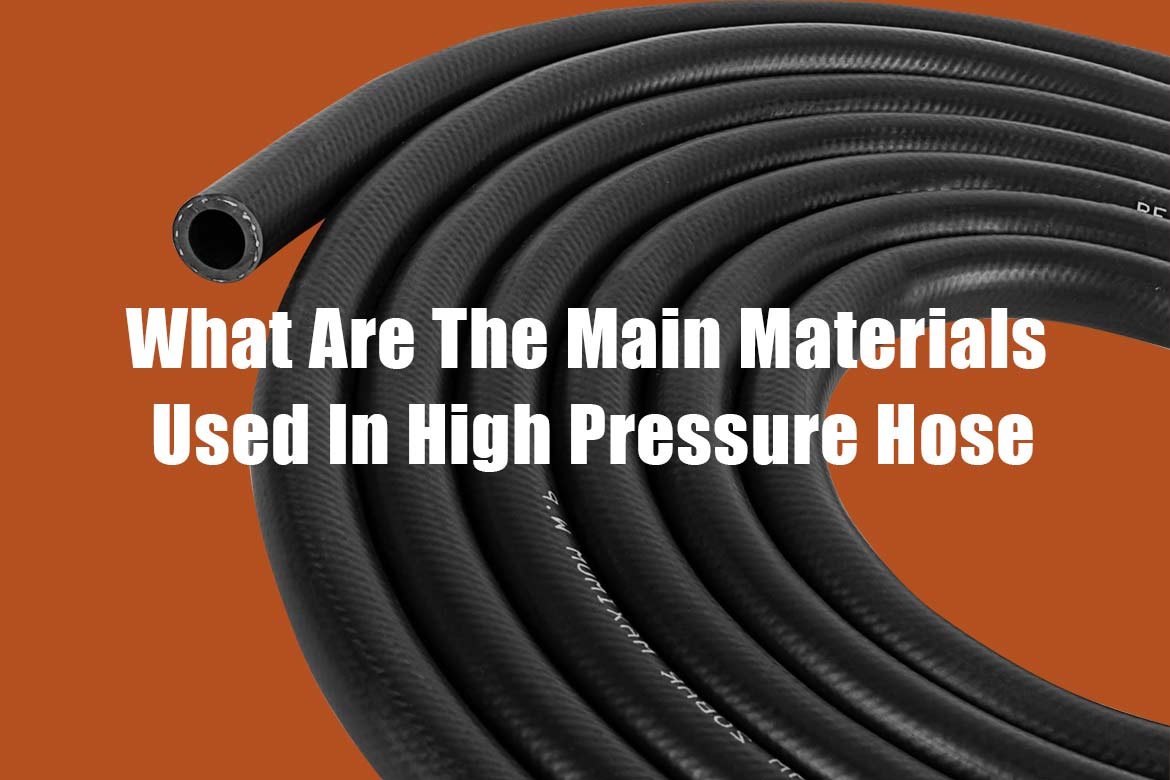People generally have difficulty distinguishing between mechanical and hydraulic seals and often assume that they are the same object.
A talk about mechanical seals and hydraulic seals
Механические уплотнения belong to the precision, and the structure of the more complex mechanical foundation elements is a variety of pumps, reaction synthesis kettles, turbine compressors, submersible motors, and other key components of the equipment. Their sealing performance and service life depend on many factors, such as selection, precision of the machine, and proper installation and use.
Hydraulic seals have pressure requirements, require a certain degree of smoothness of the bonding surface, sealing elements are mostly rubber, through the local deformation of the seal to achieve the effect of closure.
Second, mechanical seals and hydraulic seals classification
Mechanical seals: assembled seal series, light mechanical seal series, heavy mechanical seal series, etc.
Hydraulic seals: lip seals, V-shaped seals, U-shaped seals, Y-shaped seals, YX-shaped seals, and hydraulic cylinders commonly used a combination of seals are mainly lei-shaped rings, Glei circles, and Stefan.
Third, how to choose резиновые уплотнители
In the purchase of maintenance seals, the majority of users will be based on the size and color of the sample to buy, which will only increase the difficulty of procurement and may not be able to select the right product. It is recommended to use the following procedures to improve the accuracy of purchasing seals:
1. Direction of motion – first decide where the seal is located in the direction of motion, such as reciprocating, rotating, spiral, or fixed.
2. Seal focus – e.g. decide whether the point of movement is in the inner diameter of the tie rod seal or the point of movement is in the outer diameter of the piston seal.
3. Temperature ratings – determine the materials to be used by consulting the original machine instructions or evaluating the operating temperature in the actual working environment. For temperature ratings, refer to the Manufacturer’s and User’s Notes below.
4. Pressure level – check the relevant data from the original machine instructions or deduce the working pressure level by observing the original seal’s softness hardness and structure, and refer to the following production and user’s notes for the pressure level.
5. Size – most users will use the old samples to buy, but seals in use for some time, will be temperature, pressure wear and other factors significantly affect its original size, according to the sample selection can only be used as a reference, a better way is to measure the location of the seal metal groove dimensions, the accuracy will be higher.
If you have any questions or inquiries, contact: Крис Чжоу (zhou@sterubb.com).




